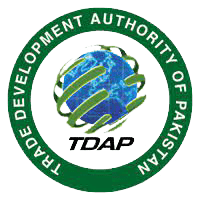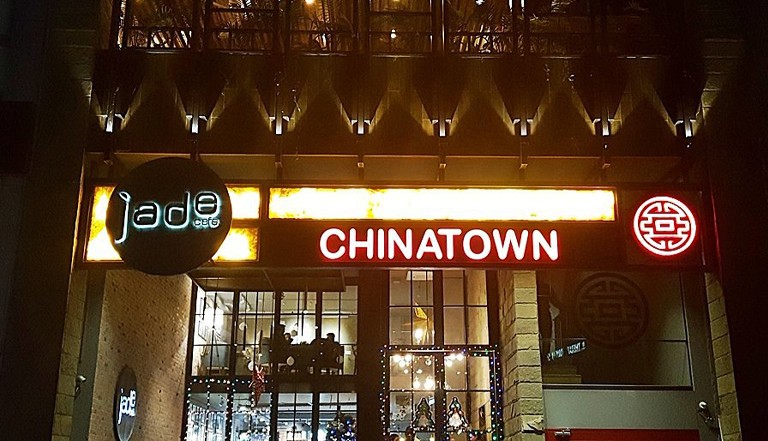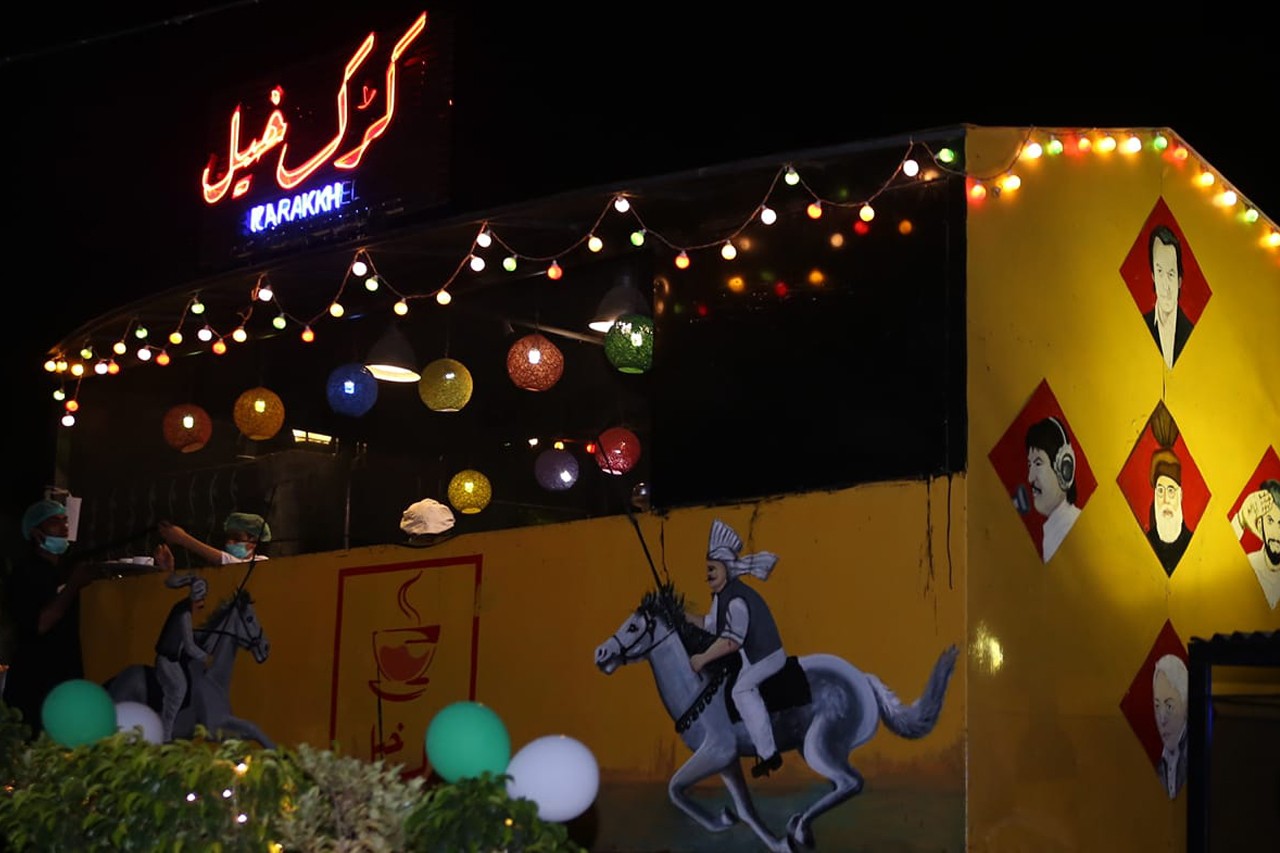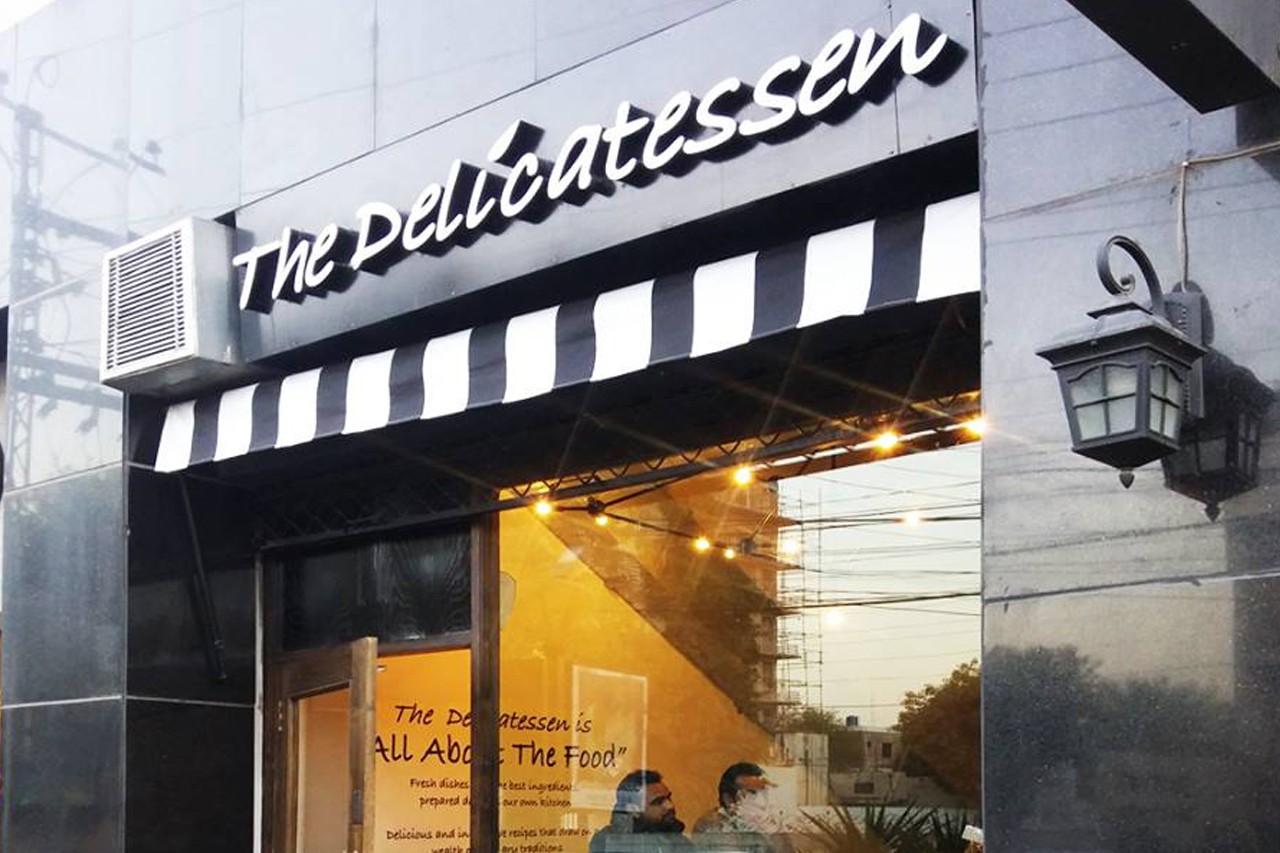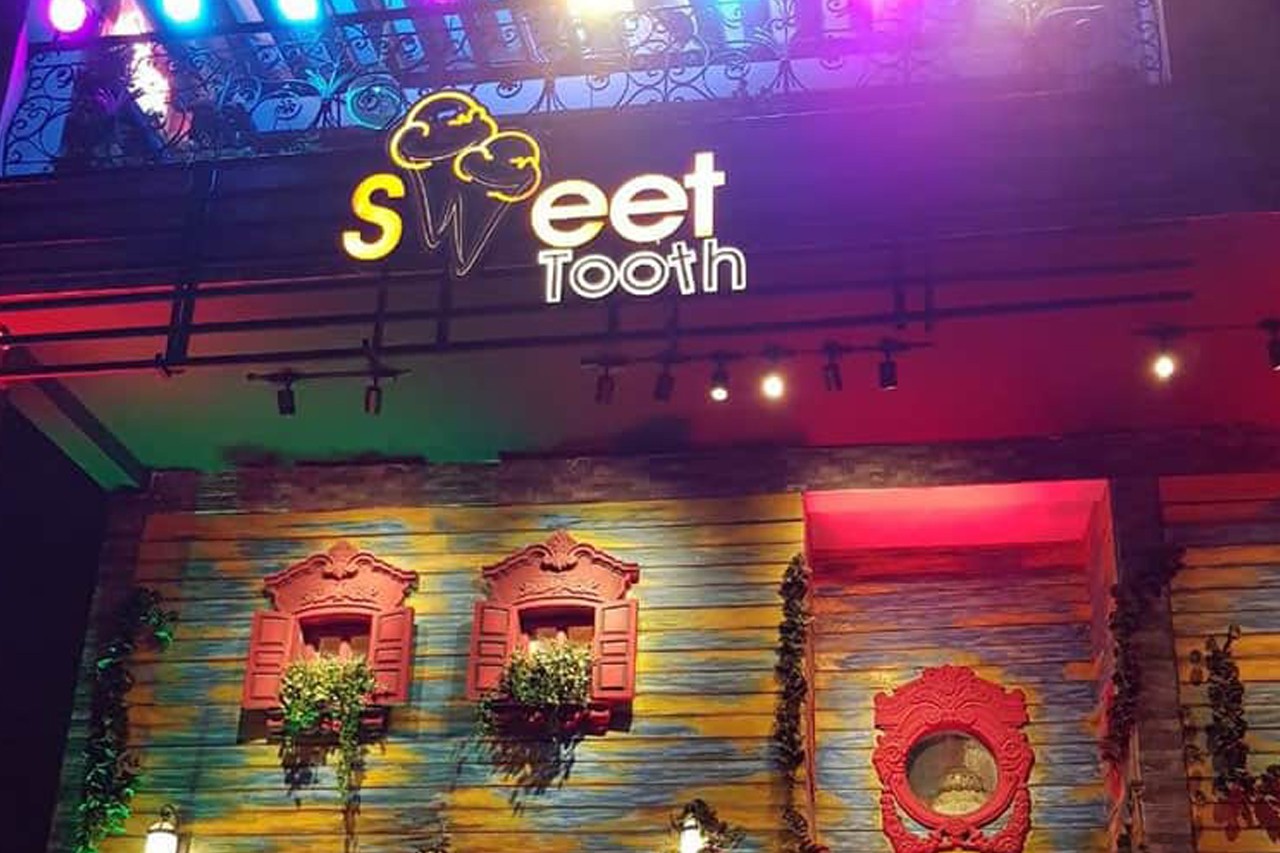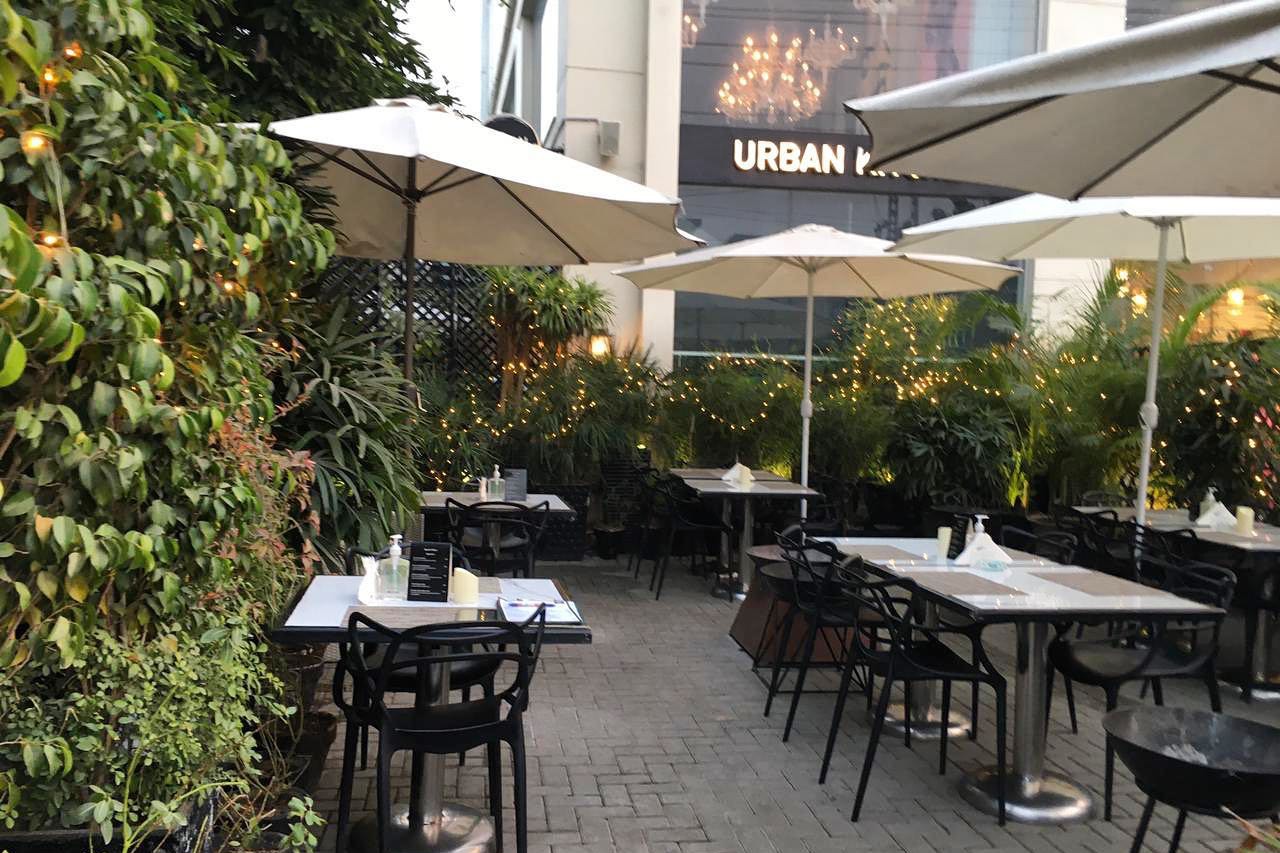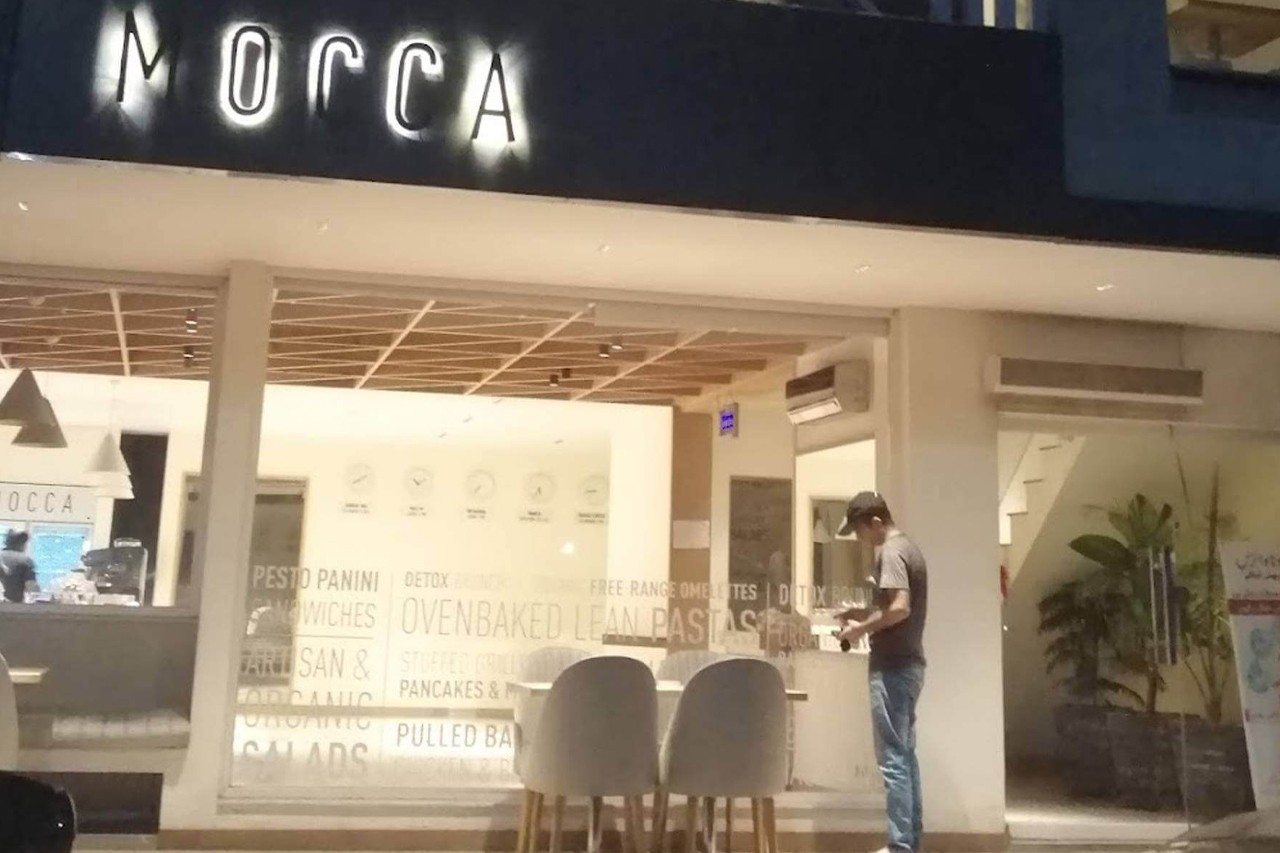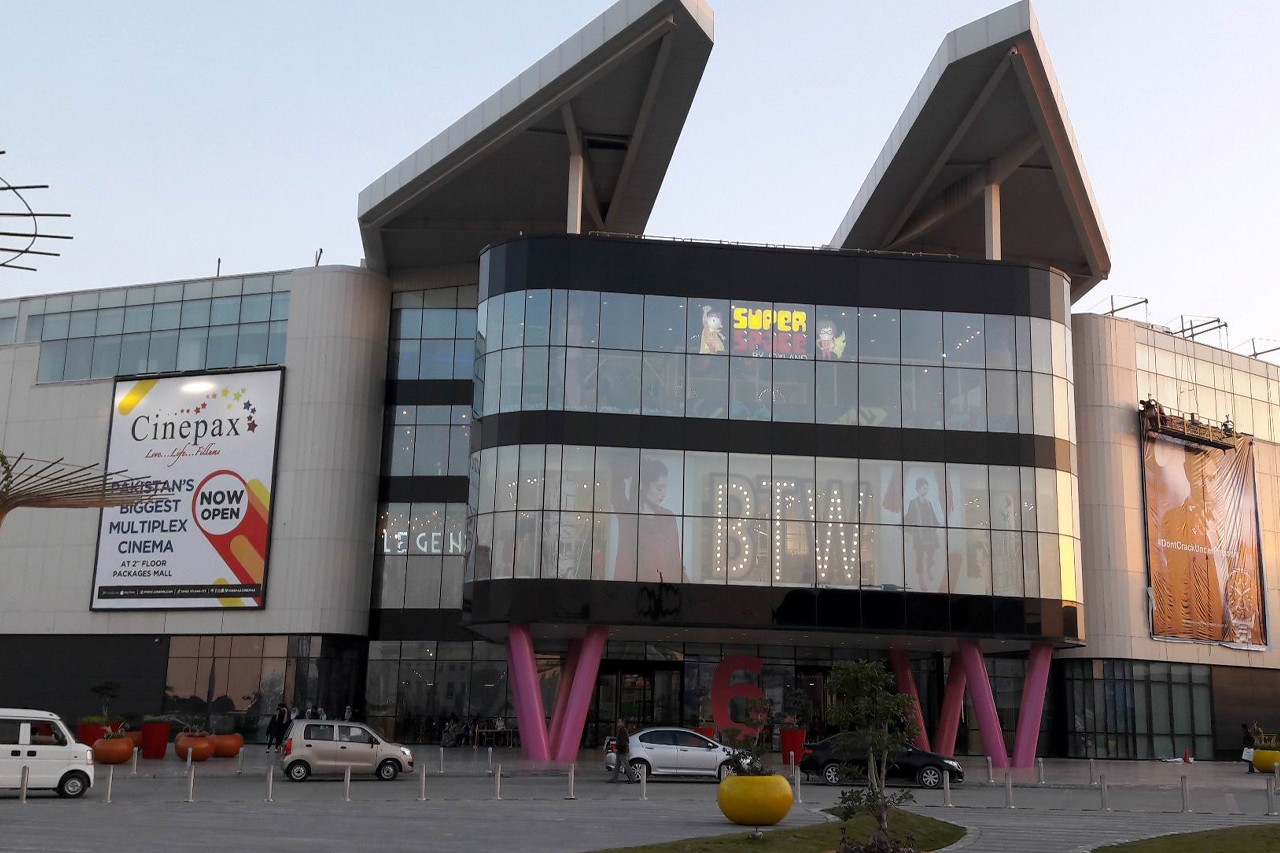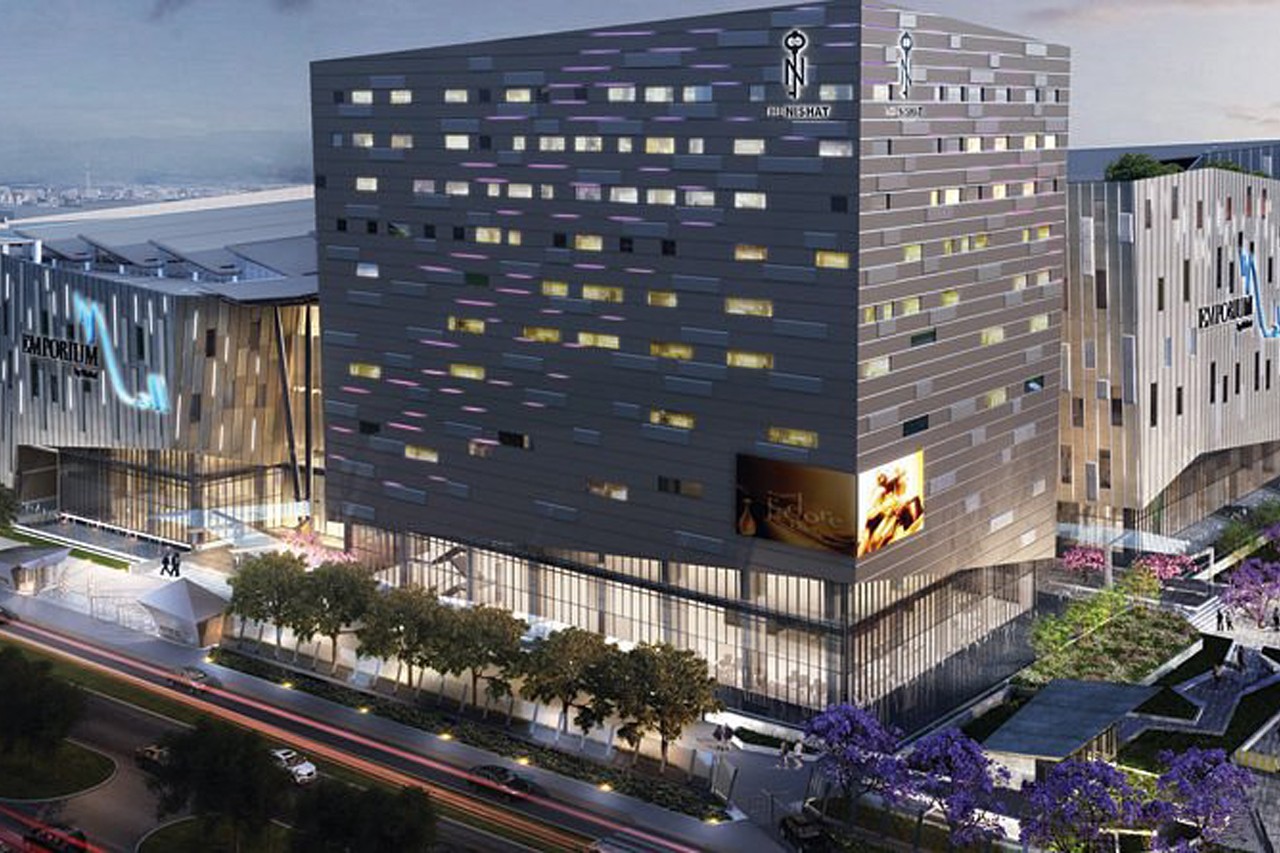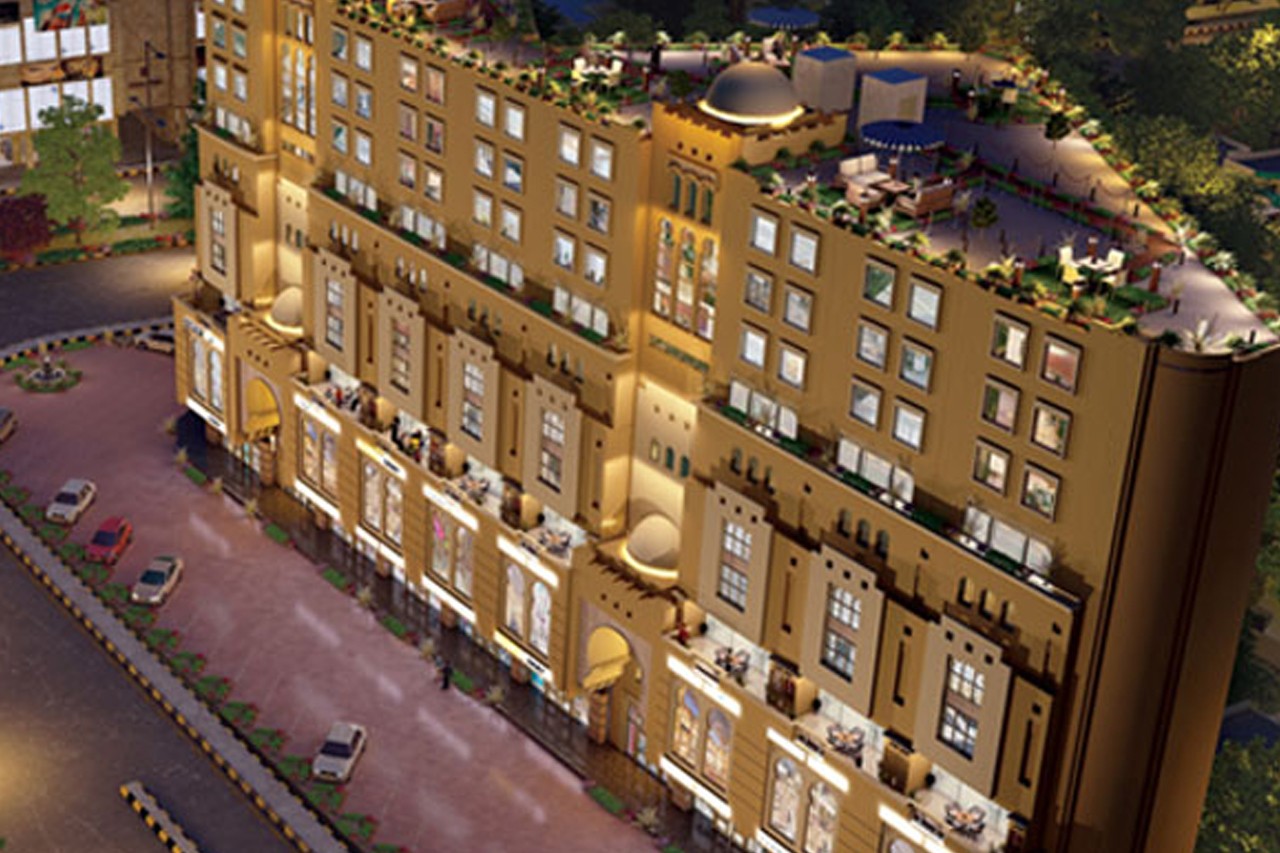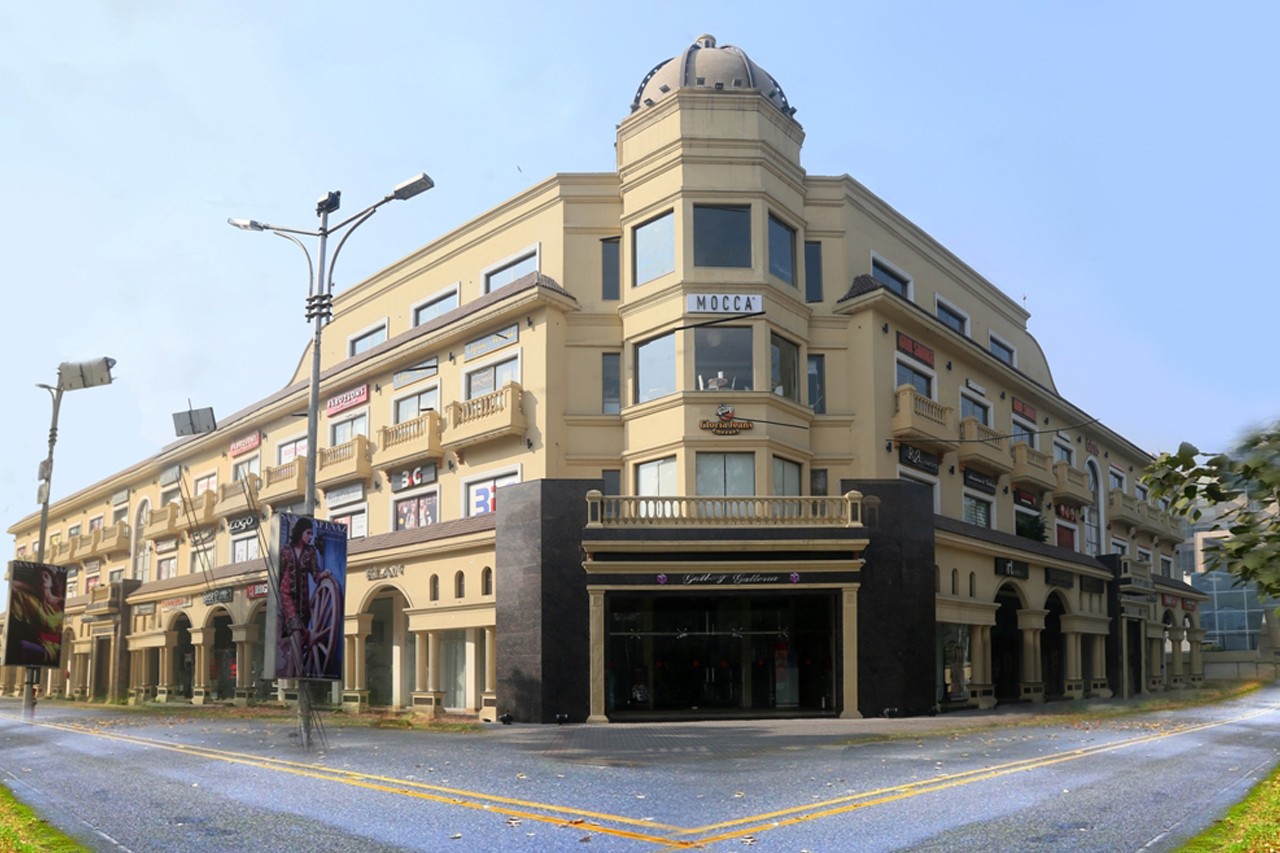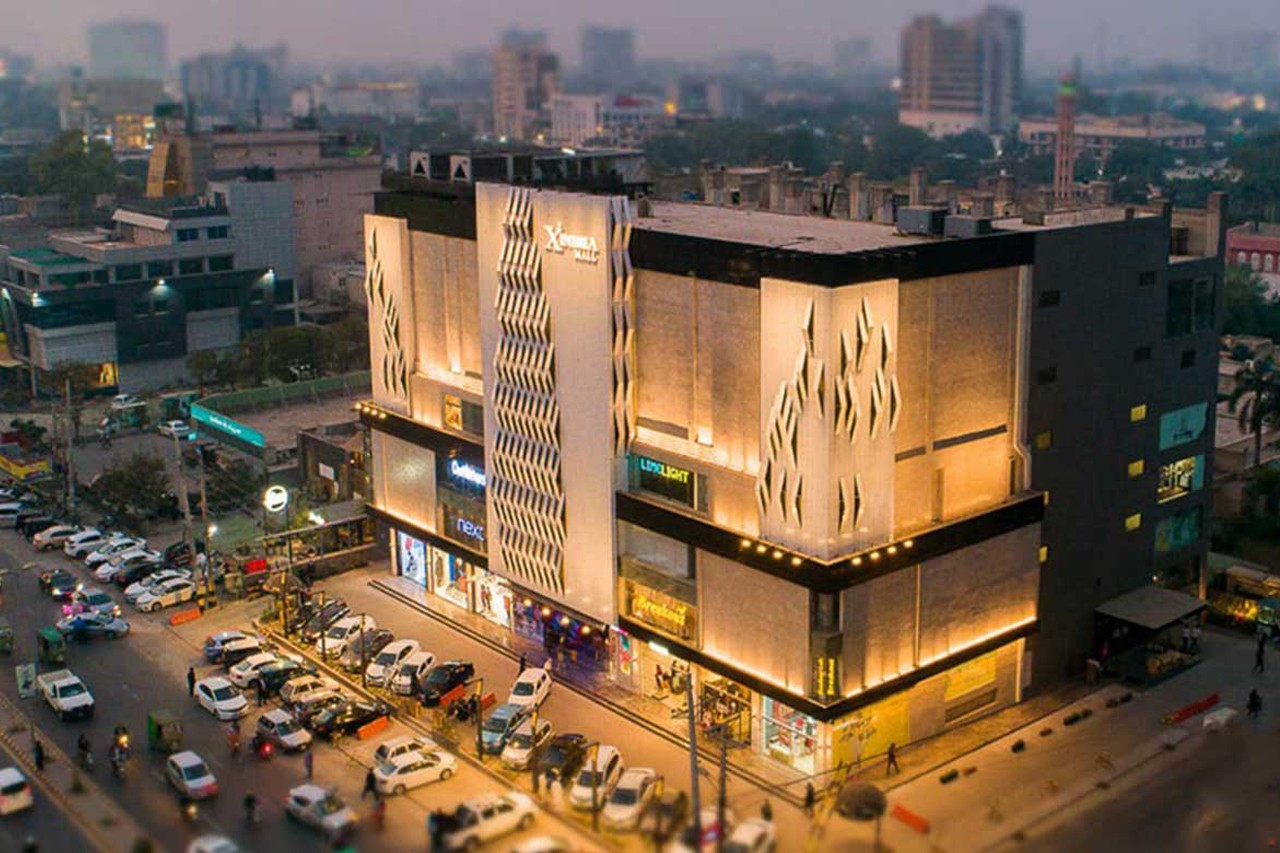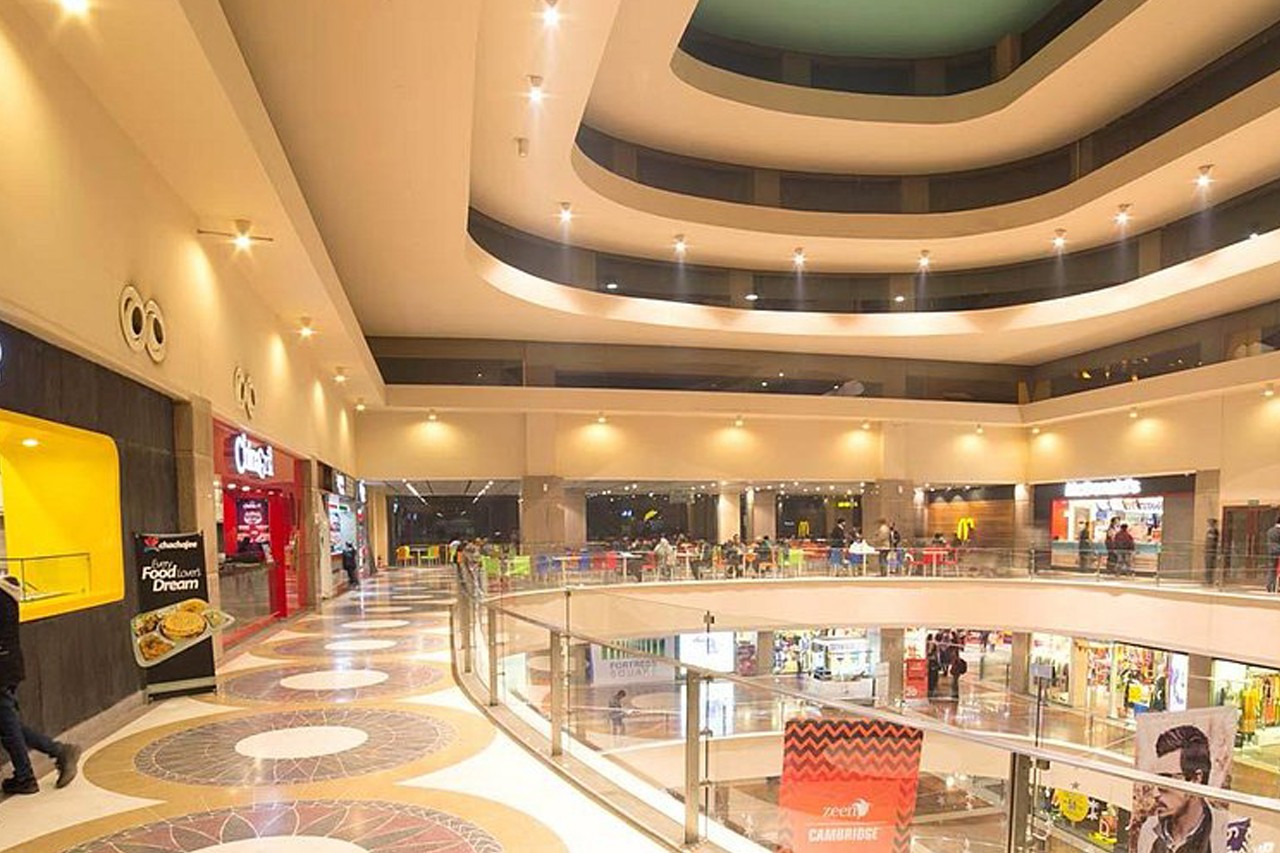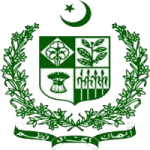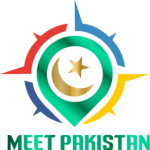
Lahore - the cultural capital of Pakistan!
Owing to the range and variety of landscape and culture, the Conde Nast Traveller - a popular travel magazine ranked Pakistan as the top tourist destination of 2020. The popularity of Pakistan is, mostly, owing to the astonishing mountain ranges and scenic beauty of the northern areas, however, this beautiful country is more than the natural beauty of the North. The historical city of Lahore promises to provide a world-class experience into the Mughal era through the tours of monuments and the grand architecture. Commenting on the beauty of the city, the magazine precisely stated;
In lahore, the sight of 100,000 worshippers crammed into the sandstone 17th-century badshahi mosque will leave you breathless, while mughal-era architectural masterpieces stand resplendent on bustling street corners.
Lahore is Pakistan's second largest city after Karachi, and the capital of the north-eastern Punjab province. It is widely considered the country's cultural capital. The heart of Lahore is the Walled or Inner City, a very densely populated area of about one square kilometre. Founded in legendary times, and a cultural centre for over a thousand years, Lahore has many attractions for the tourist. The Mughal and Sikh legacy survives in the Lahore Fort, Badshahi Mosque and Gurdwara, the Mall is lined with colonial-gothic buildings from the British Raj, and the suburbs of Gulberg and Defence feature palatial mansions and trendy shopping districts.
Legend has it that it was founded about 4,000 years ago by Loh, son of Rama, the hero of the Hindu epic, the Ramayana. Reminiscent of its hoary past are the remains of a subterranean temple attributed to Rama, in the northern part of the Royal Fort. Lahore is at least 2,000 years old. After Islam came to South Asia, it became a centre of learning, and attracted some of the region's greatest mystics, writers and artists. The people of Lahore, when they want to emphasize the uniqueness of their town say "Lahore, Lahore aye" (Lahore is Lahore). Lahore is the city of poets, artists and (until 2007) the centre of the Pakistani film industry.
Apart from being the cultural and academic centre of the country, Lahore has the finest Mughal architecture in Pakistan. For more than 200 years (beginning from about 1524), Lahore was a thriving cultural centre of the Mughal Empire, and Mughal emperors beautified Lahore, with palaces, gardens and mosques.

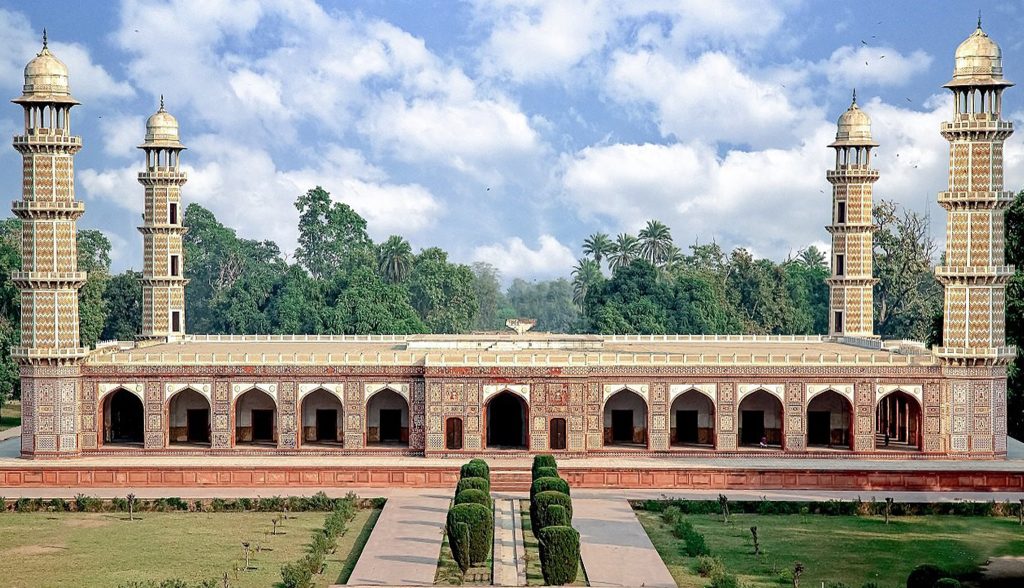
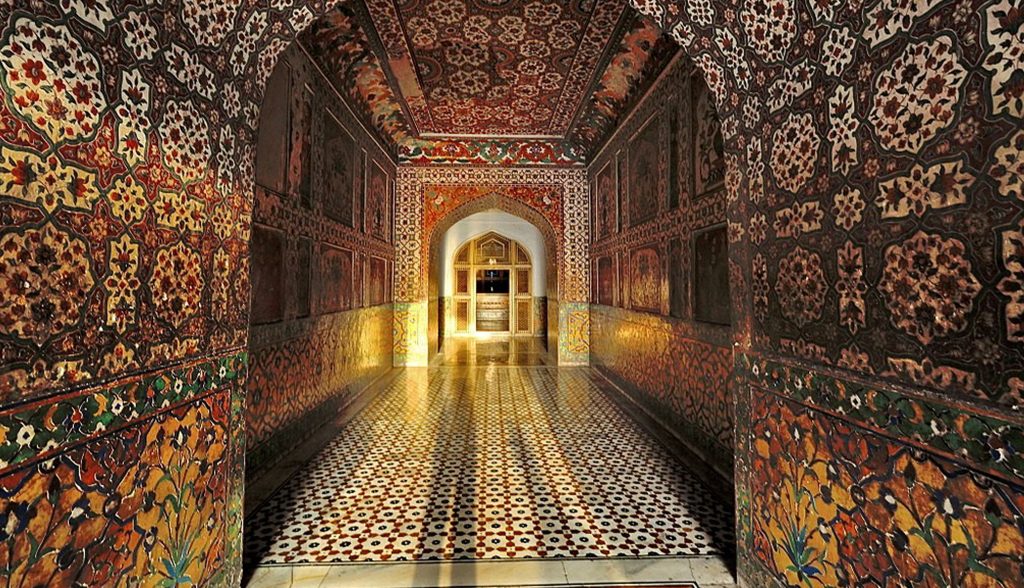
Lahore was Akbar's capital from 1584 to 1598. He built the massive Lahore Fort on the foundations of a previous fort, and enclosed the city within a red brick wall boasting 12 gates. Jahangir and Shah Jahan (who was born in Lahore) extended the fort, built palaces and tombs, and laid out gardens.
Jahangir loved the city, and he and his wife Noor Jahan are buried at Shahdara on the outskirts of Lahore. Aurangzeb (1658-1707) gave Lahore its most famous monuments: the Badshahi Masjid (Royal Mosque) and the Alamgiri gateway to the fort.
Lahore has a semi-arid climate not receiving enough rainfall to feature the humid subtropical climate. The hottest month is June, where temperatures routinely exceed 45 °C (113 °F). The monsoon season starts in late July, and the wettest months are July and August, with heavy rainfalls and evening thunderstorms with the possibility of cloudbursts and flash floods. The coolest month is January, with dense fog.
The results of the 2017 Census determined the population to be at 11,126,285,with an annual growth rate of 4.07% since 1998. Gender-wise, 52.35% of the population are male, 47.64% are female, and 0.01% are transgender. Lahore is a young city with over 40% of its inhabitants below the age of 15.
The Punjabi language is the most-widely spoken native language in Lahore with 80% of Lahore counting it as their first language according to the 2017 Census, Lahore is the largest Punjabi-speaking city in the world. Urdu and English are used as official languages and as mediums of instruction and media administration.
LAHORE GUIDED TOUR
For more information please click here. For tours other than the places of Walled City of Lahore Authority, please click here .
PLACES TO VISIT IN LAHORE
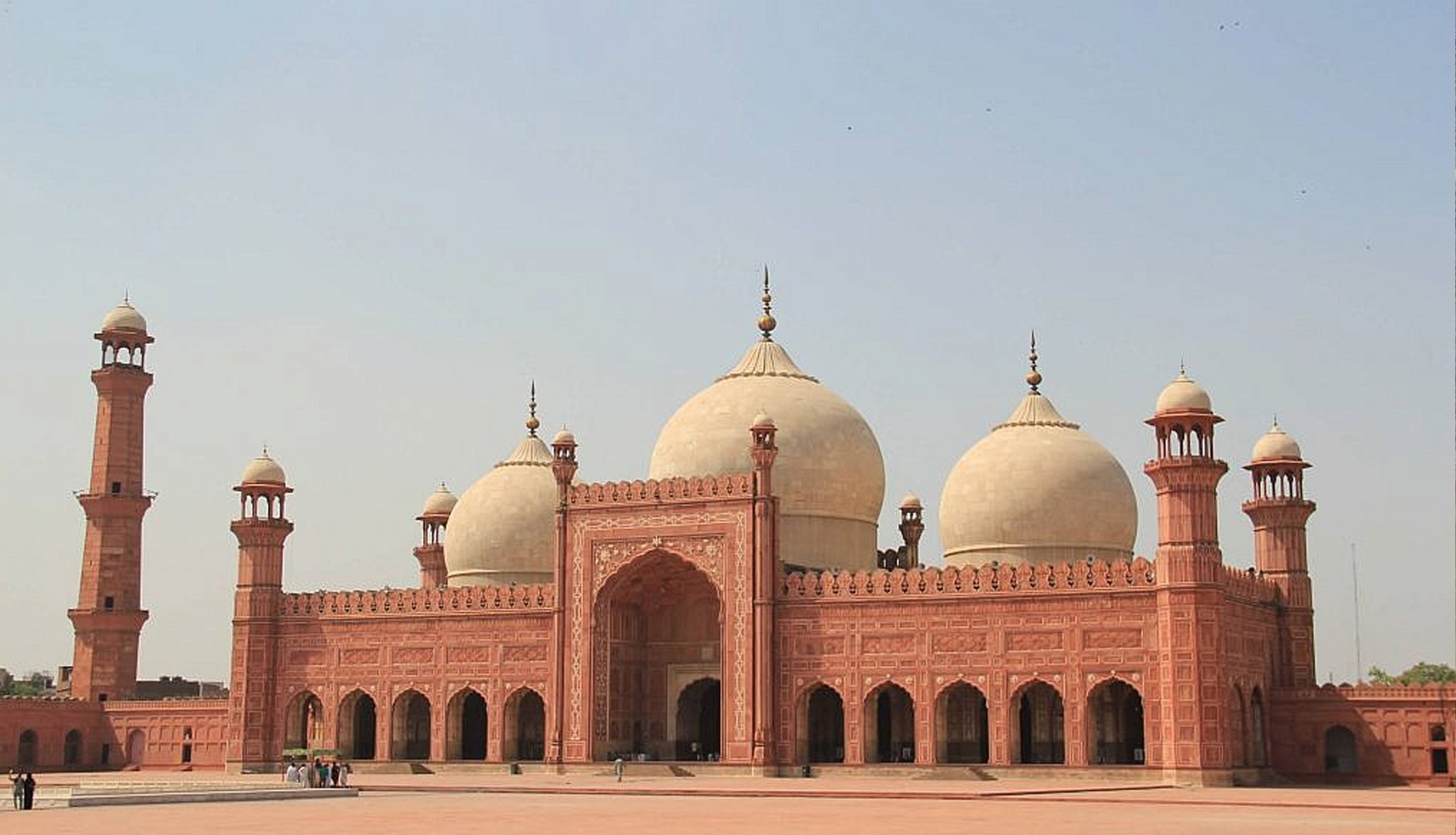
Badshahi Mosque
The mosque is located west of Lahore Fort along the outskirts of the Walled City of Lahore, and is widely considered to be one of Lahore's most iconic landmarks. The Badshahi Mosque was constructed by the Mughal emperor Aurangzeb between 1671 and 1673 and was the largest mosque in the world from 1673 to 1986. The mosque is an important example of Mughal architecture, with an exterior that is decorated with carved red sandstone with marble inlay. It remains the largest mosque of the Mughal-era, and is the third-largest mosque in Pakistan.
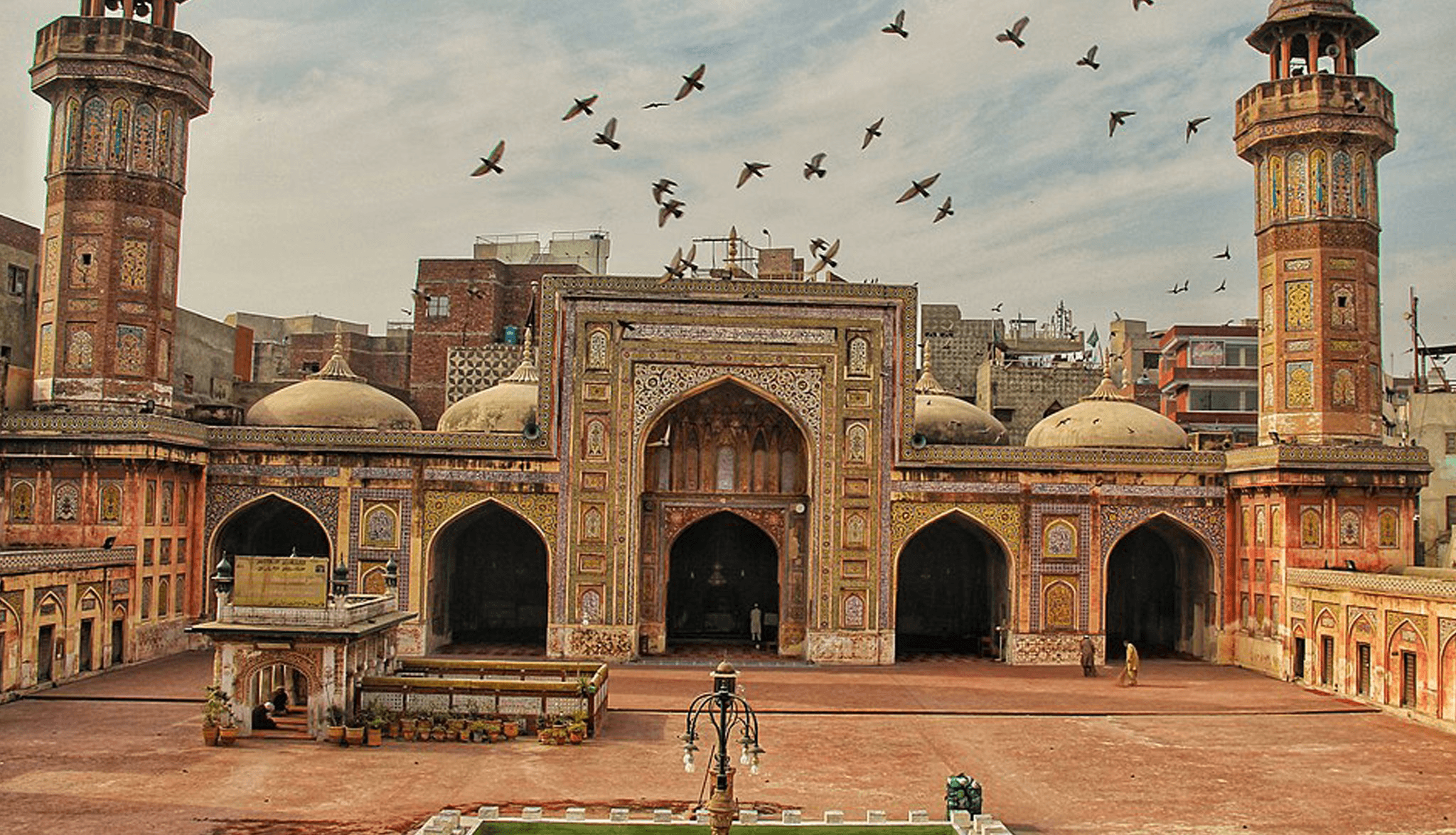
Masjid Wazir Khan
The Wazir Khan Mosque is a 17th-century mosque located in the city of Lahore, capital of the Pakistani province of Punjab. The mosque was commissioned during the reign of the Mughal Emperor Shah Jahan as a part of an ensemble of buildings that also included the nearby Shahi Hammam baths. Construction of Wazir Khan Mosque began in 1634 C.E., and was completed in 1641. It is on the UNESCO World Heritage Tentative List.
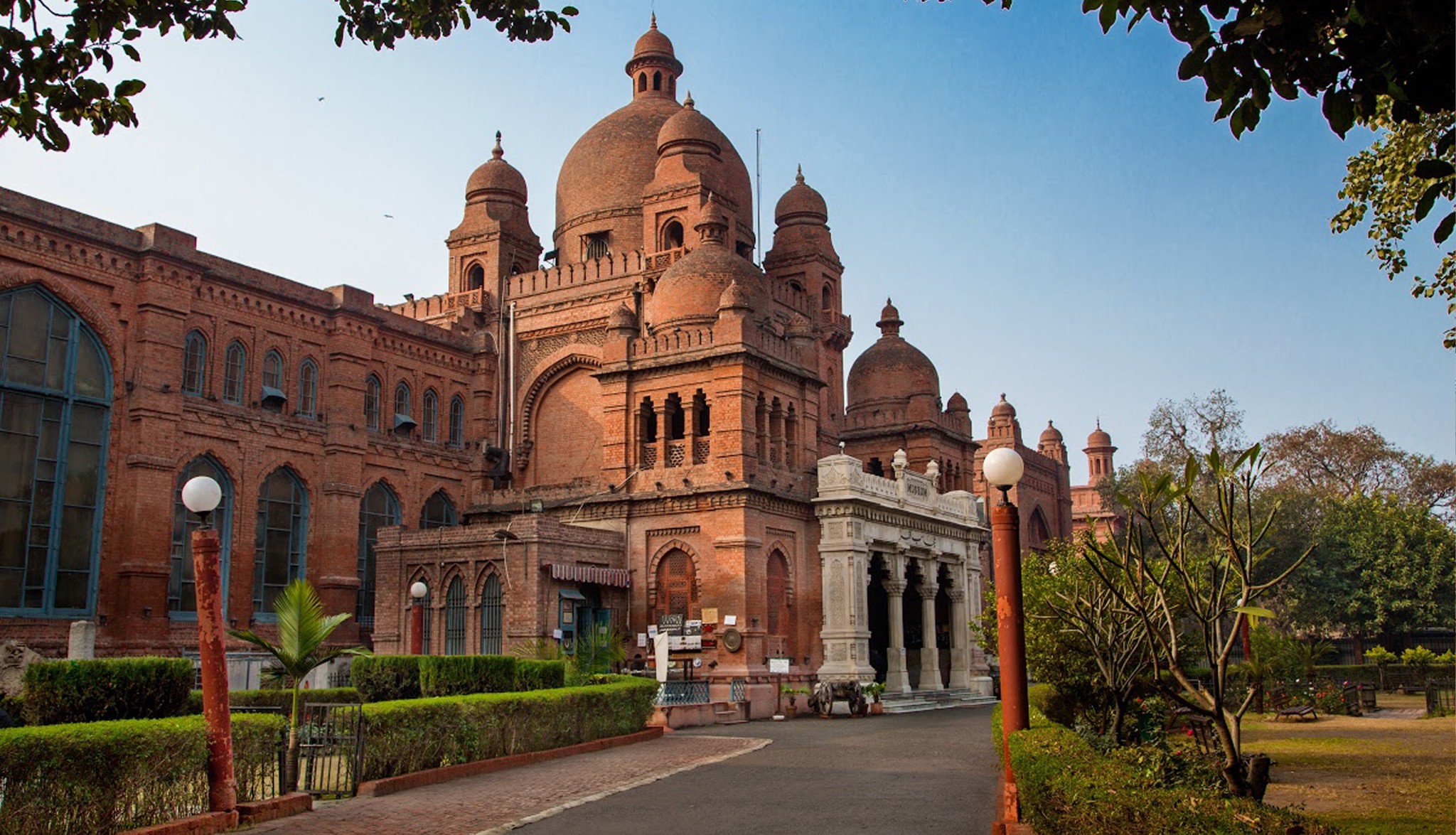
Lahore Museum
The Lahore Museum is a museum located in Lahore, Pakistan. Founded in 1865 at a smaller location and opened in 1894 at its current location on The Mall in Lahore during the British colonial period, Lahore Museum is Pakistan's largest museum, as well as one of its most visited ones. The museum houses an extensive collection of Buddhist art from the ancient Indo-Greek and Gandhara kingdoms.
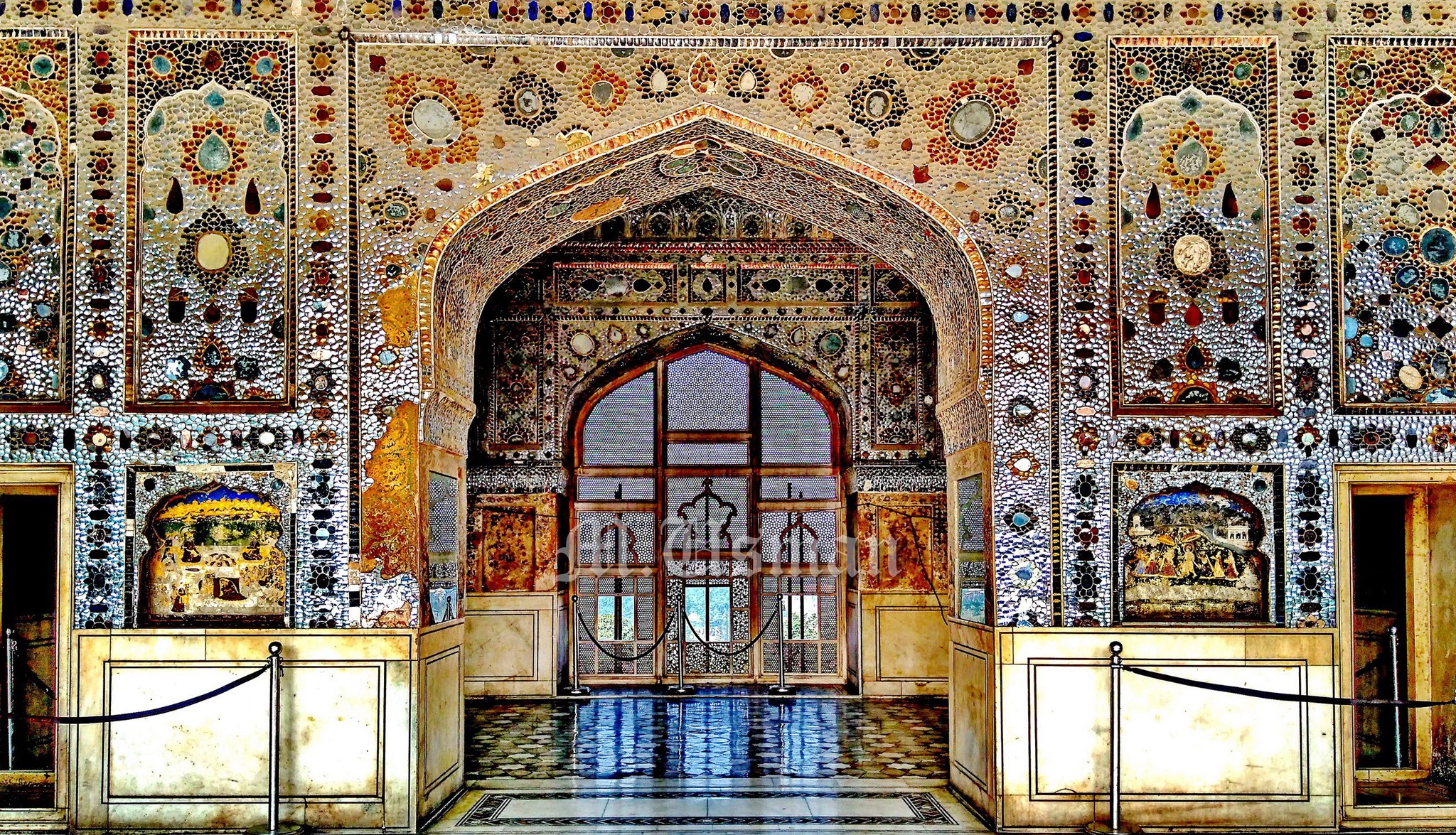
Sheesh Mahal
The Sheesh Mahal is a palace located within the Shah Burj block in northern-western corner of Lahore Fort. It was constructed under the reign of Mughal Emperor Shah Jahan in 1631–32, with some additions later under Sikh Maharaja Ranjit Singh. The ornate white marble pavilion is inlaid with pietra dura and complex mirror-work of the finest quality.
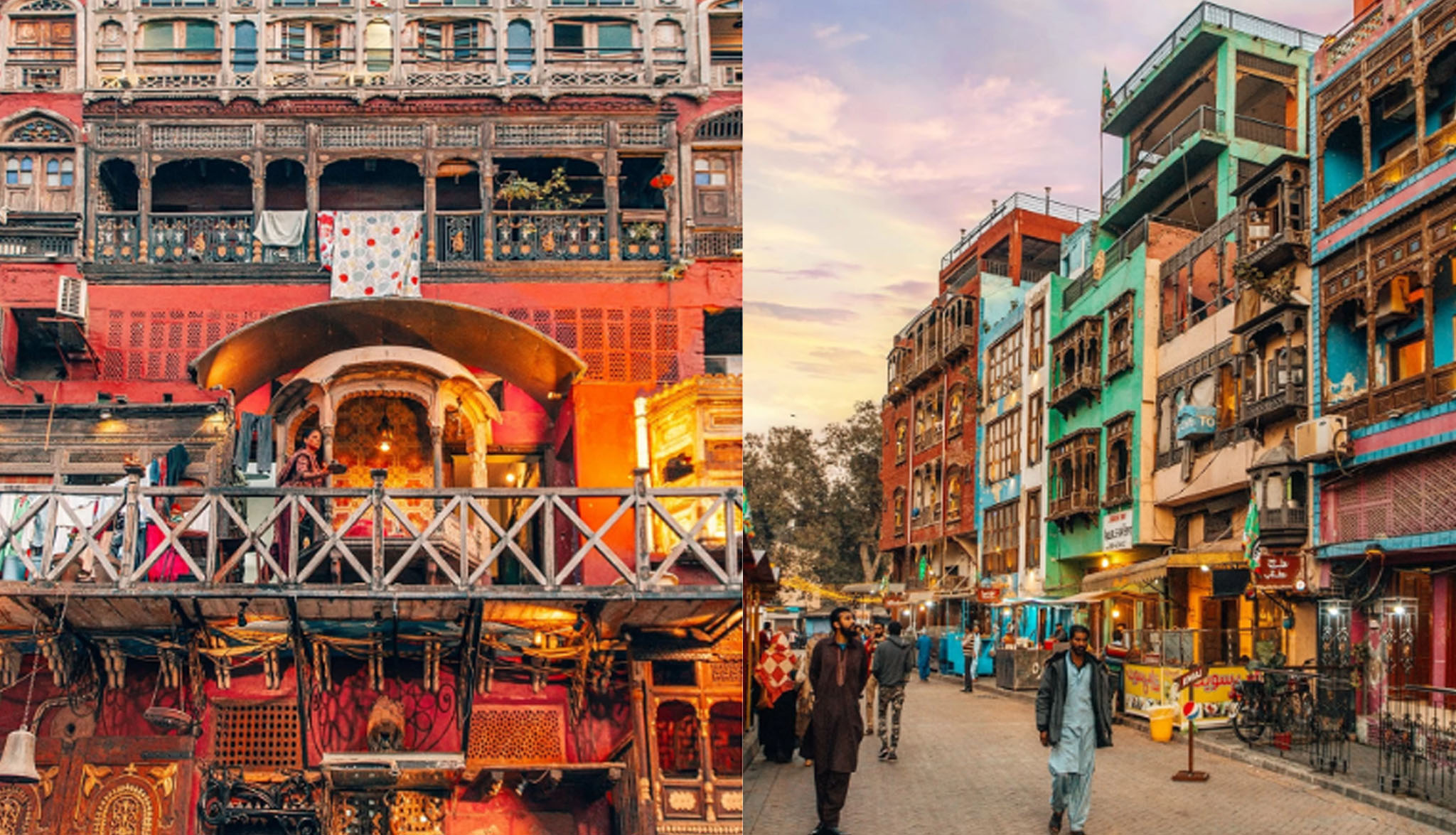
Food Street Lahore
Fort Road Food Street is a food street located between Fort Road and Roshnai Gate of the Walled City in Lahore, Punjab, Pakistan. The street was reconstructed and opened in 2012 as a tourist attraction, by offering Lahori cuisine and views of Badshahi Mosque. The Fort Road Food Street is known for traditional Lahori cuisines with a view of the Mughal era Badshahi Mosque. The building itself that the street is based on, was built during the era of the Mughal Empire and the British Rule.
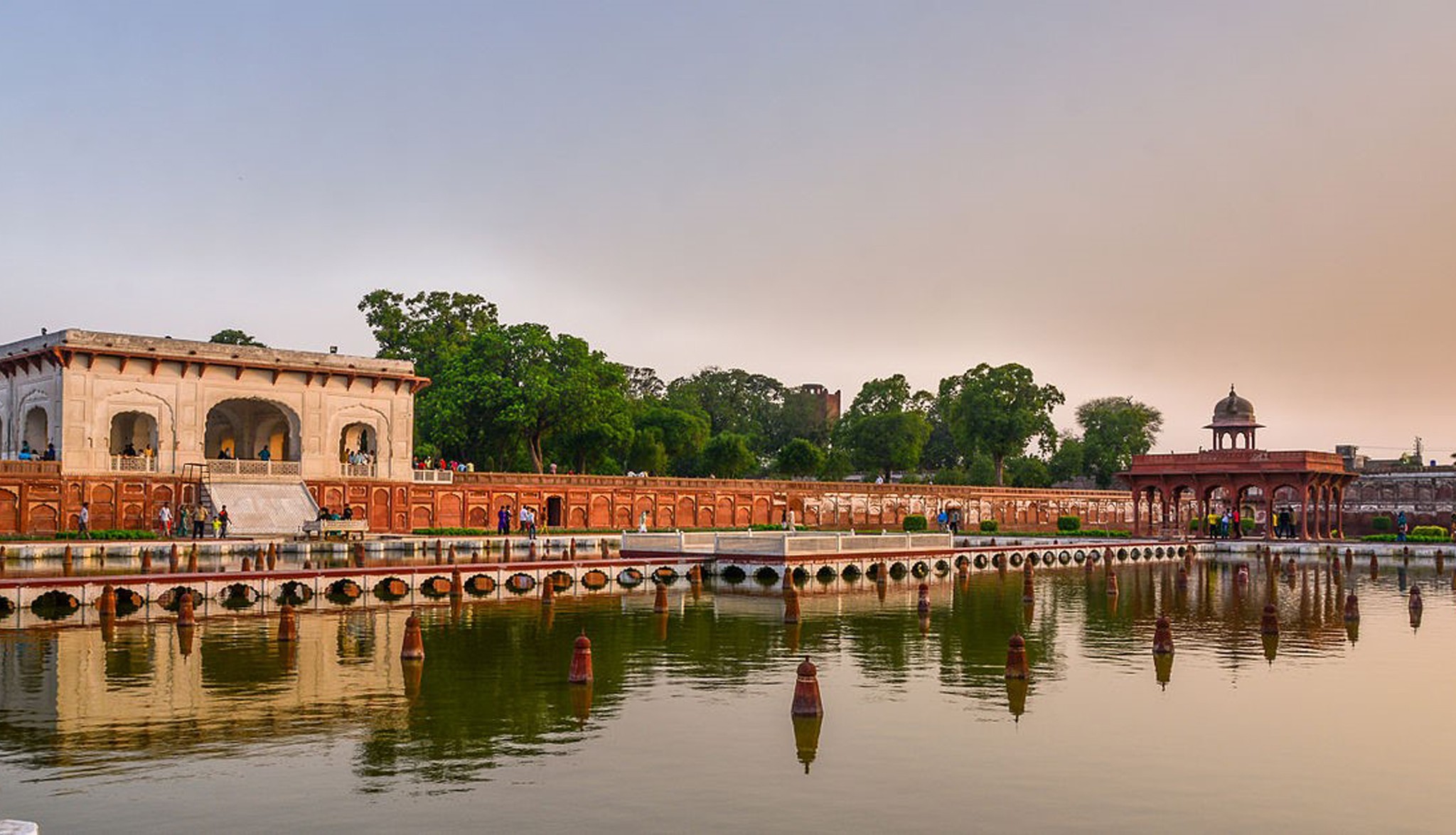
The Shalimar Gardens
The Shalimar Gardens were laid out as a Persian paradise garden intended to create a representation of an earthly utopia in which humans co-exist in perfect harmony with all elements of nature. Construction of the gardens began in 1641 during the reign of Emperor Shah Jahan, and was completed in 1642. In 1981 the Shalimar Gardens were inscribed as a UNESCO World Heritage Site as they embody Mughal garden design at the apogee of its development
RESTAURANTS IN LAHORE
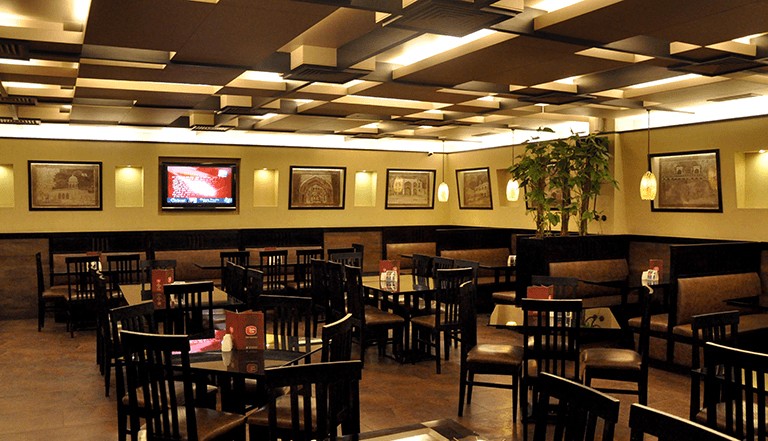
Bundu Khan
CUISINES
Barbecue, Asian, Pakistani
SPECIAL DIETS
Halal, Vegetarian Friendly
Contact: (042) 7231994
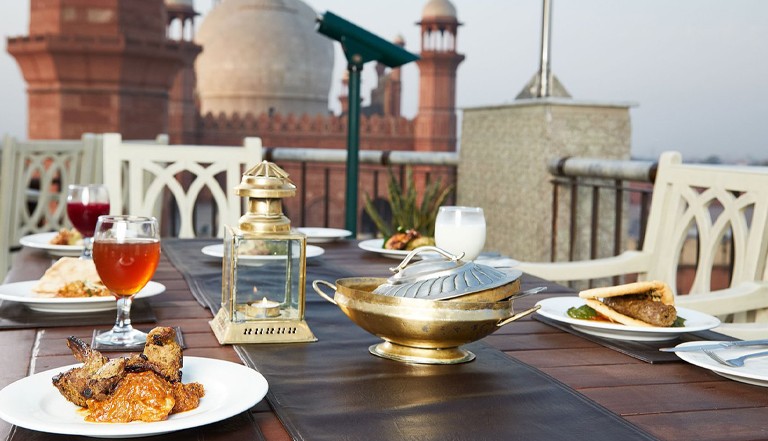
Andaaz Restaurant
CUISINES
Pakistani
SPECIAL DIETS
Vegetarian Friendly, Vegan Options, Halal, Gluten Free Options
Contact: (+92) 300 0263229
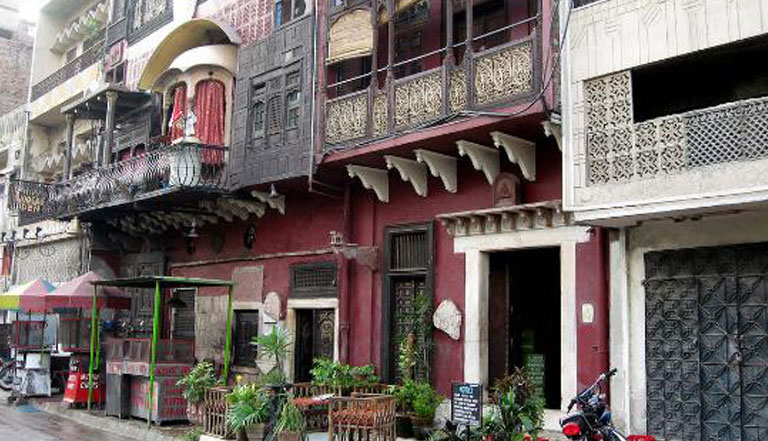
Cooco's Den
CUISINES
Barbecue, Asian, Pakistani
SPECIAL DIETS
Vegetarian Friendly, Halal
Contact: (+92) 300 9472407
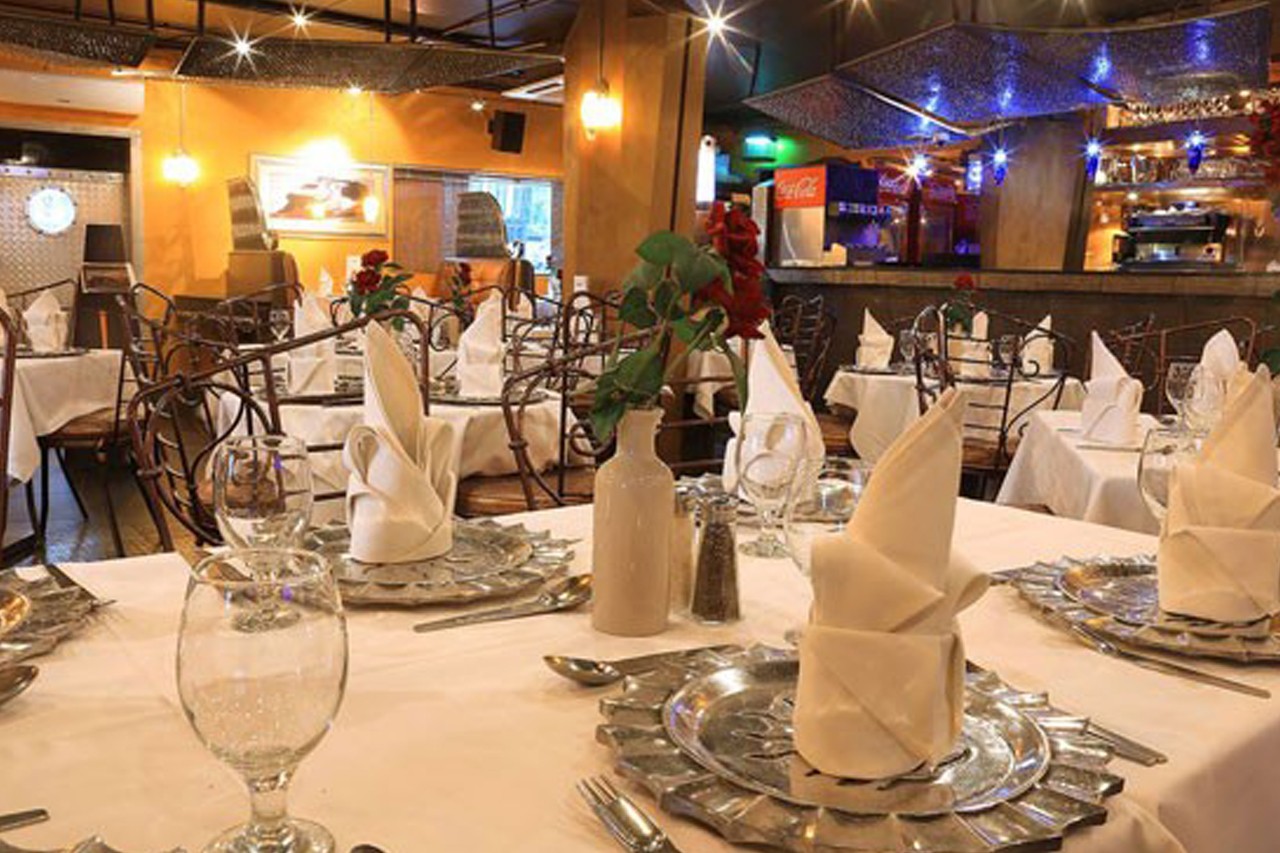
Cafe Zouk
CUISINES
Cafe, Asian, Soups
SPECIAL DIETS
Vegetarian Friendly, Vegan Options, Halal
Contact: (042) 5712731
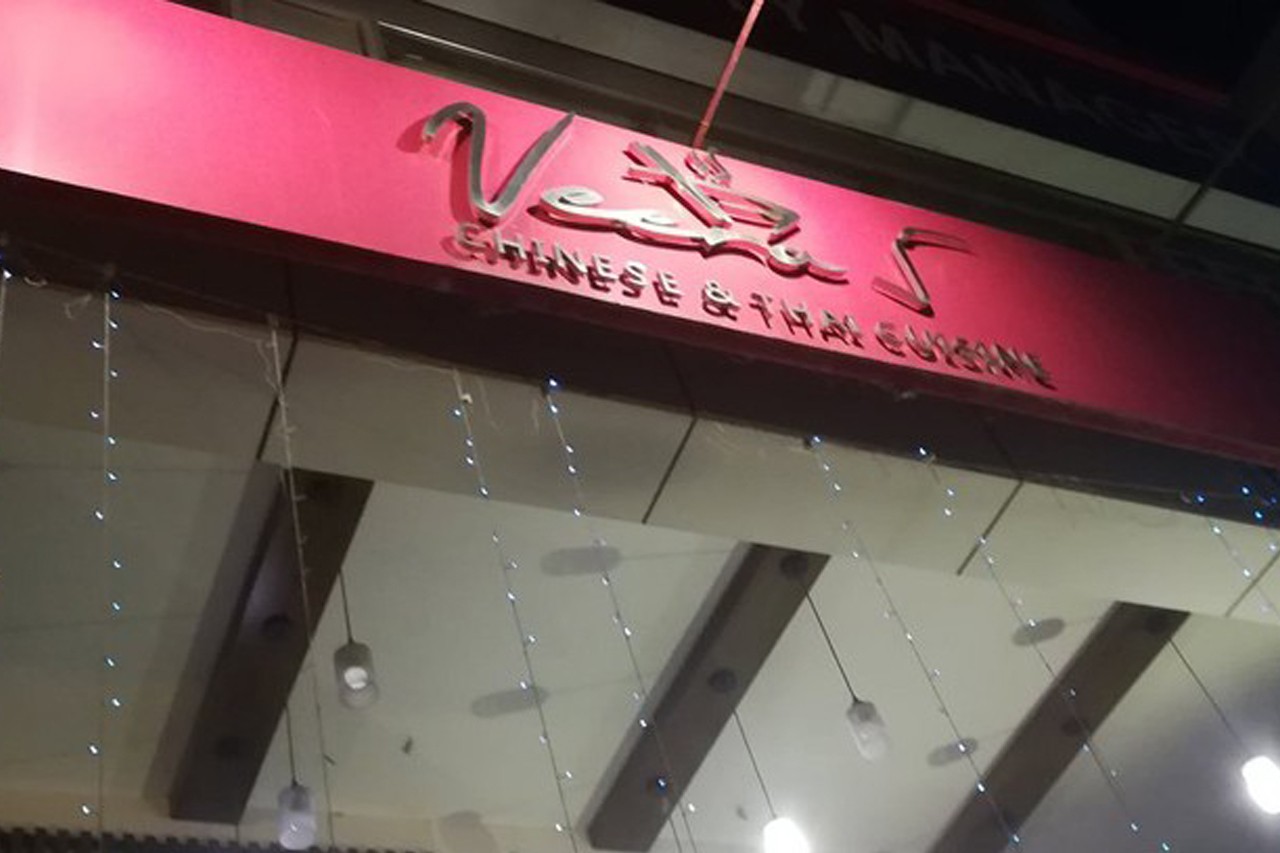
Veera 5
CUISINES
Chinese, Asian, Soups, Thai
SPECIAL DIETS
Vegetarian Friendly, Vegan Options
Contact: (042) 4999829
CAFES IN LAHORE
SHOPPING MALLS IN LAHORE
SOUVENIRS TO BUY IN PAKISTAN

Shawls
A shawl is a beautifully woven piece of clothing, having embroidery of contrasting colors, loosely worn over the shoulders, upper body and arms, and sometimes also over the head. Pakistan has a famous range of hand-crafted shawls that are known for their fabric and quality across the world.
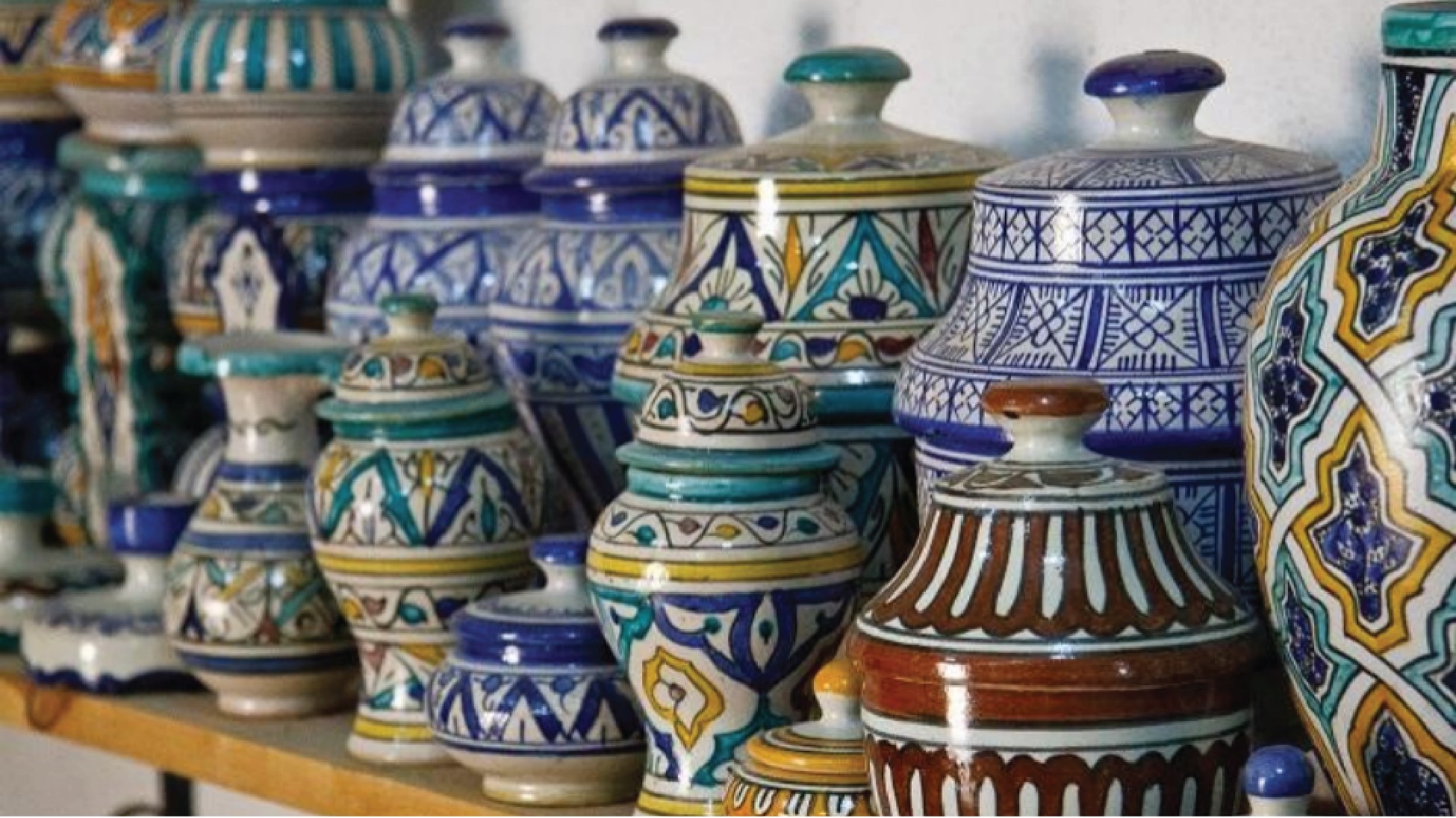
Pottery
When it comes to art and crafts in Pakistan, pottery stands out as a uniquely appealing art. Pottery is also called ceramic art, making objects ranging from small decorative pots to huge vessels and vases. In Pakistan, pottery is very famous in the province of Sindh, home to ancient artisans called ‘Kashigars’ popular for making pots and tiles of various shapes, earthenware and glazed ceramics.
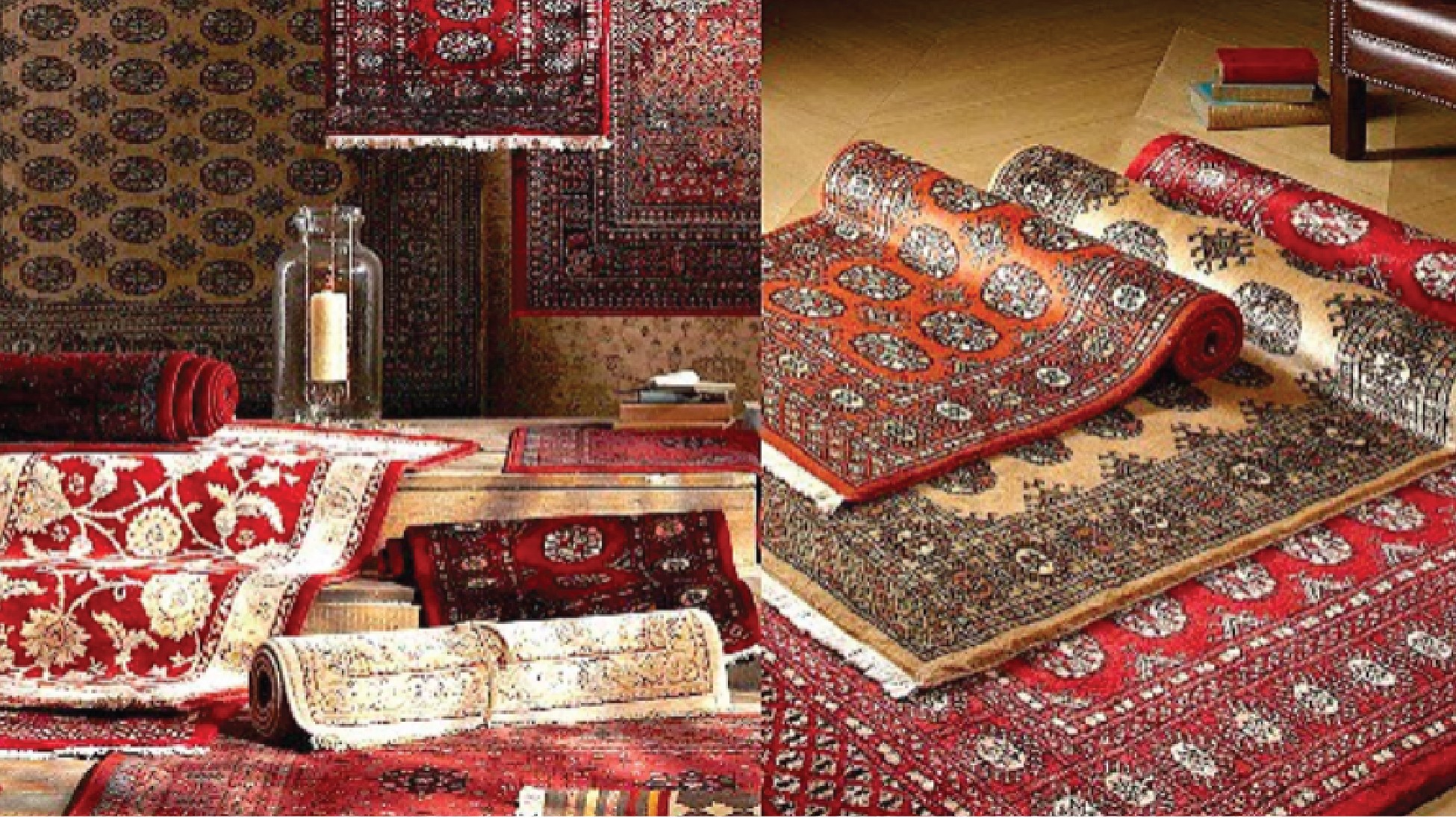
Carpets/Rugs
Rug/carpet weaving is an essential part of Pakistani culture and Pakistani art. Pakistan’s hand knotted rugs are very popular aroung the world, and can sit in virtually any home decor setting. Pakistan exports 90% of the hand knotted carpets around the world, and can be a memorable souvenir to take back to your homes from Pakistan.

Traditional Cotton Garments
Pakistan is the land of silver fiber as the most ancient samples of cotton and cotton clothes are found in this region. Khaddar, which is prepared from cotton fiber, is very popular for daily wear. This fabric absorbs heat. It’s usually worn during winters or in northern areas. The province of Sindh is also famous for Ajrak, which is a beautiful multipurpose cotton garment with block printed design.
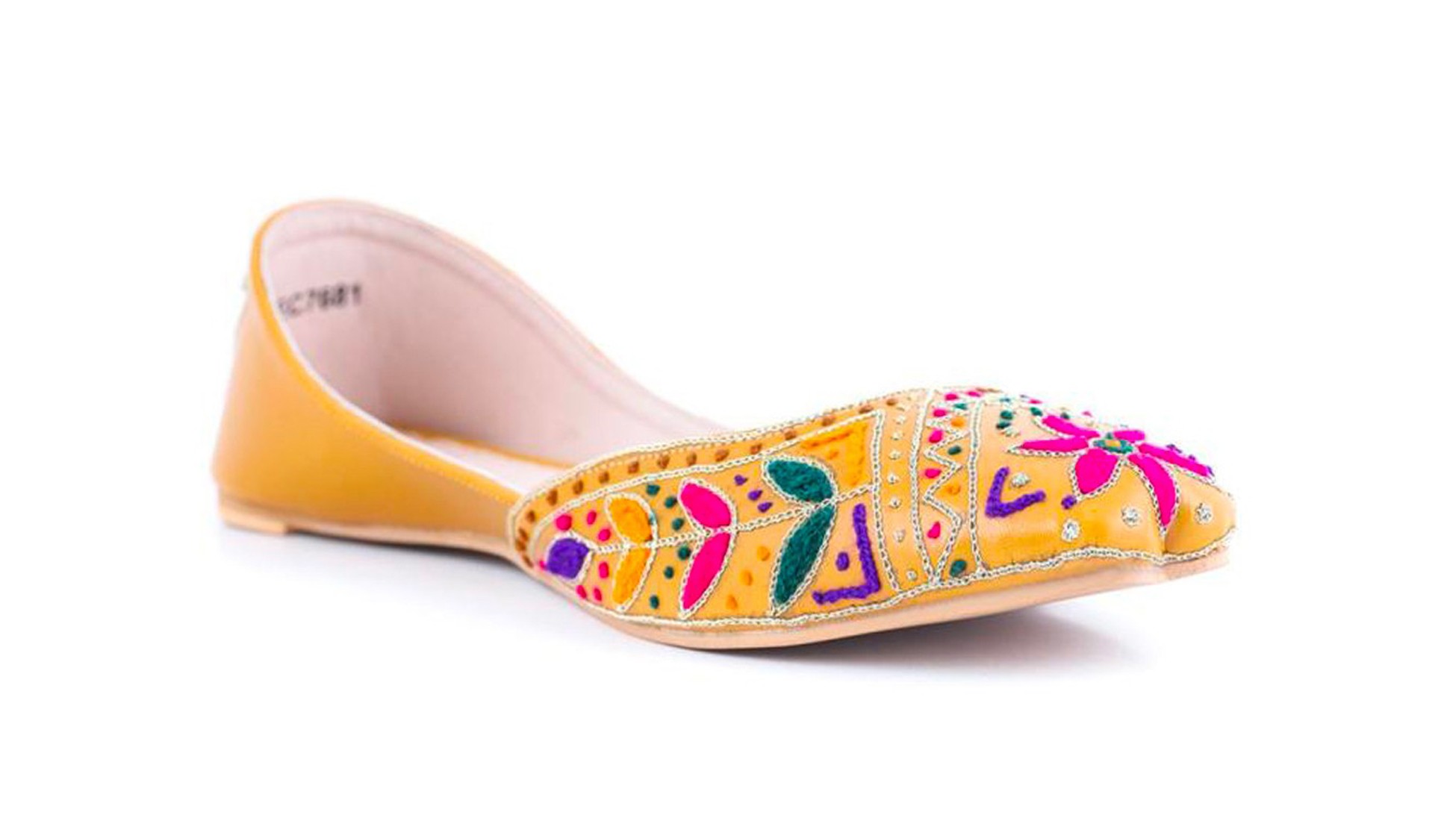
Khussa
Khussa is counted among the most famous hand-crafted products in Pakistan. A timeless piece of Pakistan’s cultural heritage and tradition, Khussa is a type of leather footwear that has been around for centuries. The uppers are made of one piece of leather or textile embroidered and embellished with brass nails, cowry shells, mirrors, bells and ceramic beads.

Local Delicacies
Local Delicacies is a sweet dish, made from milk, flour, wheat, salt, sugar, lemon, and ghee, a type of buttermilk. The mixture is made to be thickened and filled with nuts, such as pistachios, almonds, and walnuts, are added to the mixture. Various flavours and herbs are added in it which provides intense aromatic quality to it. It is sold commercially in colorful tin packs, and is mostly used as a gift, and souvenir in Pakistan.

Nimko
Nimko is a Paksitani snack made of a mixture of saltish ingredients, such as peanuts, chickpeas, corn flour, legumes etc. The mixture is then deep-fried in the form of small flakes. Nimko is among the most common appetizers served to guests along with tea and also makes for the perfect delicacy for light snacking.

Wooden Handicrafts
Pakistan’s wooden handicrafts portray and perfect combination of value and art, and have each color and style. These handicrafts are available in various forms like designed wooden jewelry boxes, pieces of home décor, wooden vases, wooden lamps etc.
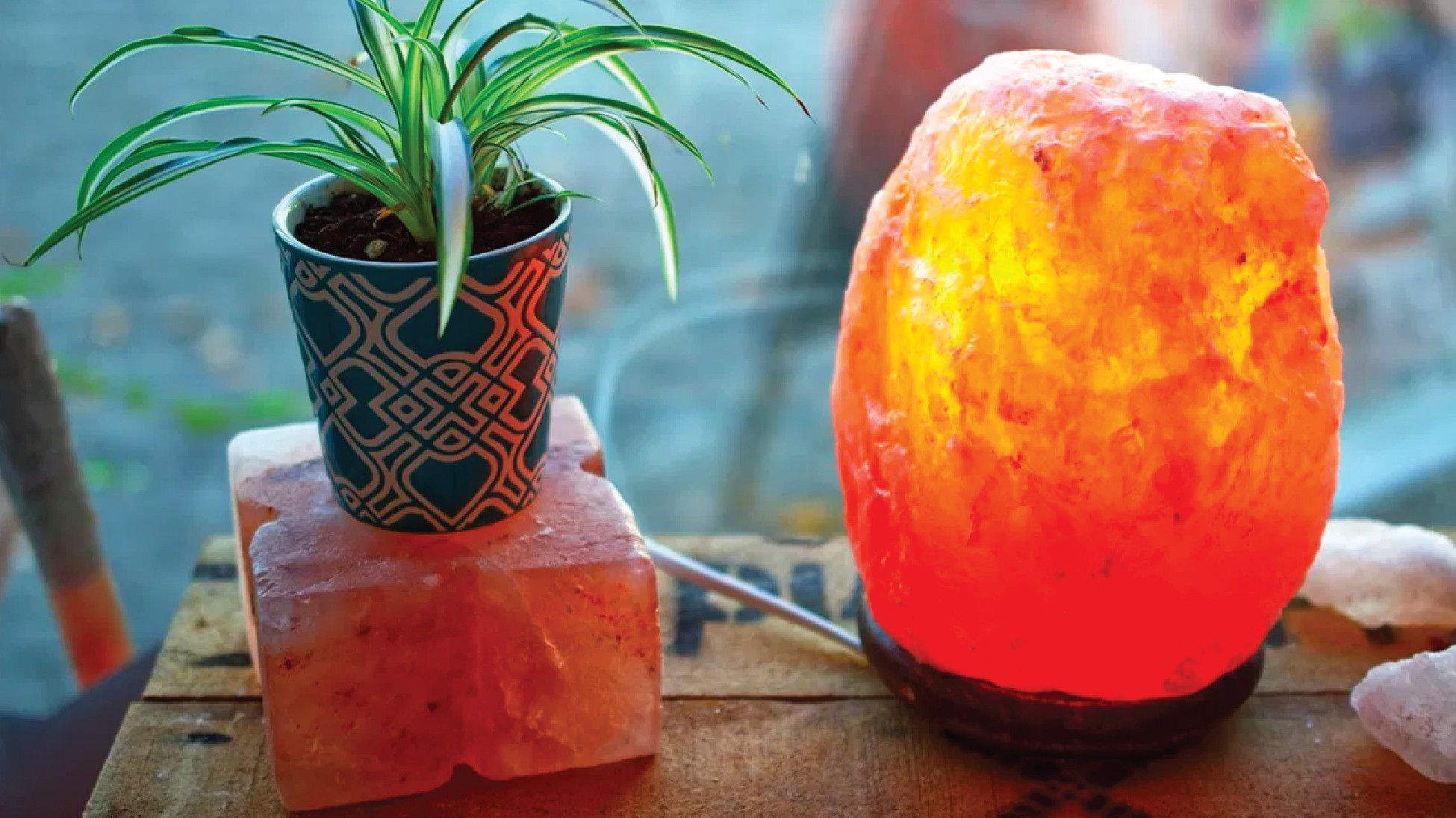
Himalayan Salt Lamps
Himalayan salt is rock salt mined from the Punjab region of the Indus Valley Plains of Pakistan. It is also used to make "salt lamps" that radiate a pinkish or orange hue, manufactured by placing a light source within the hollowed-out interior of a block of Himalayan salt. It is claimed that these lamps can boost mood, improve sleep, ease allergies, help people with asthma breathe better, and clean the air, among other benefits
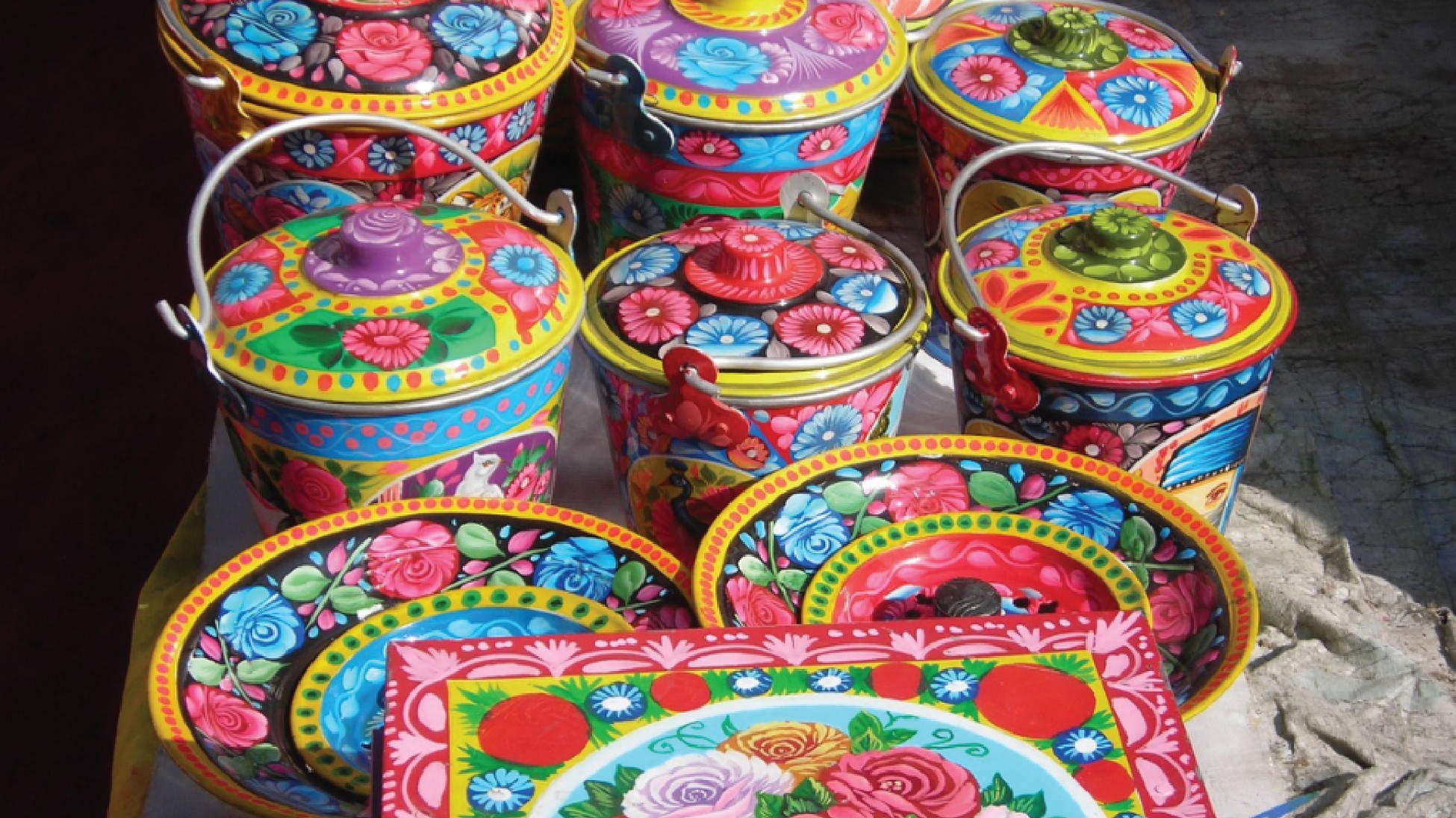
Truck Art Souvenirs
Truck art in South Asia is a popular form of decoration, with trucks featuring elaborate floral patterns and calligraphy. One can get different items like mugs, miniature truck models, plates, decorative pieces etc with truck art on them.

